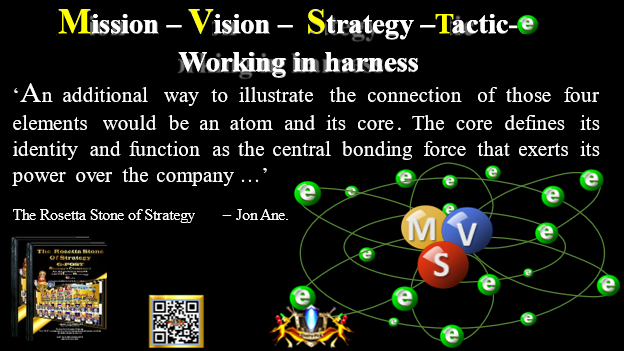Dictionary
What is the best definition of Supply Chain Management and its most important elements?
By Jon Ane
A supply chain is a web that links a company and its suppliers to produce and distribute a specific product to its consumers. Each supplier and each link along the chain must add value to the final product, or else it would add an extra cost.
There are a number of essential elements that may help you choose better the sort of supply chain that suits your company’s character and product needs:
First, physical distance―from manufacturing or distribution sites.
Second, supplier size―smaller suppliers might supply you with better tolerance in quantities, development of new products, trials, composition, design, and attention, especially when starting with small quantities, completing orders with small gaps and close assistance in developing a new product. Yet, big suppliers allow you to achieve lower costs, access to a labour force, extensive production capabilities and so on.
Third, supplier capacity―in terms of quantity and variety of products that can be supplied by it.
Fourth, the number of suppliers― that could supply the very same raw materials, components or products.
Fifth, supplier Sustainability―its financial strength, business web strength, and of course, how efficient and timely it is.’
Sixth, the number of links—how many hands your product, raw materials or components would pass till they get to you.
Seventh, suppliers’ geoeconomics and geopolitics attachment—an affiliation of suppliers to different nations and economic regions. That can be important in times of crisis or desperation due to scenarios such as political or economic instability, diplomatic embargo, war, political tension, local or regional epidemic or pandemic, as many of us experienced, natural disasters on a large scale as we have witnessed in Japan a number of years ago and in turkey, exclusion from political and economic organisations from different reason and others.
Seventh, related costs―production, handling, transportation, and taxation costs.
Eighth, Down the Source diversity―the diversity of your supplier’s raw materials sources, the suppliers of your direct supplier, the real supply platform beneath your product, tier zero. That might require unearthing several layers, yet, it is necessary for your company’s productivity. The key to real diversification of your supply chain goes back to understanding what happened underneath your suppliers’ suppliers, the stratum of their sources. You might think you have diversified your suppliers properly. However, in distressed times, when coming to a test, you might find that all of your suppliers banked on one source.
However, one source does not mean only one supplier. It can be a single source in one resolution or another, such as a company, group of related companies, country, geoeconomics region, geopolitical region and so forth. Thus, if something happened to your supplier’s source, your direct suppliers would be shut down altogether simultaneously, and you would be forced to follow suit.
The ninth element is Urgent Orders Responding Time―how quickly urgent orders can be addressed. As manufacturers, we all wish to live in a perfect world where every client places an order according to an annual forecast 120 days before delivery. However, the real world is very much different on that score. Thus, manufacturers must have their solutions in place for those cases. No doubt, the longer your supply chain is, the harder it will be to address those cases unless you are using costly transportation means such as aeroplanes.
The tenth element, which obviously includes all the others, is what I call Overall Diversity―OD refers to diversity along the supply chain in many aspects, including diversity in geographic origin, geoeconomics origin, geo-sourcing, ownership, suppliers’ size, and other mentioned elements.’
And how about Quality? Quality is the last thing you wish to diversify! So, you must stick to the chosen quality; no compromises there. Do Make sure all tactics in use would create synergy with your G-POST. Or else you jeopardise it all. (Jon Ane, The Rosetta Stone of Strategy.)

